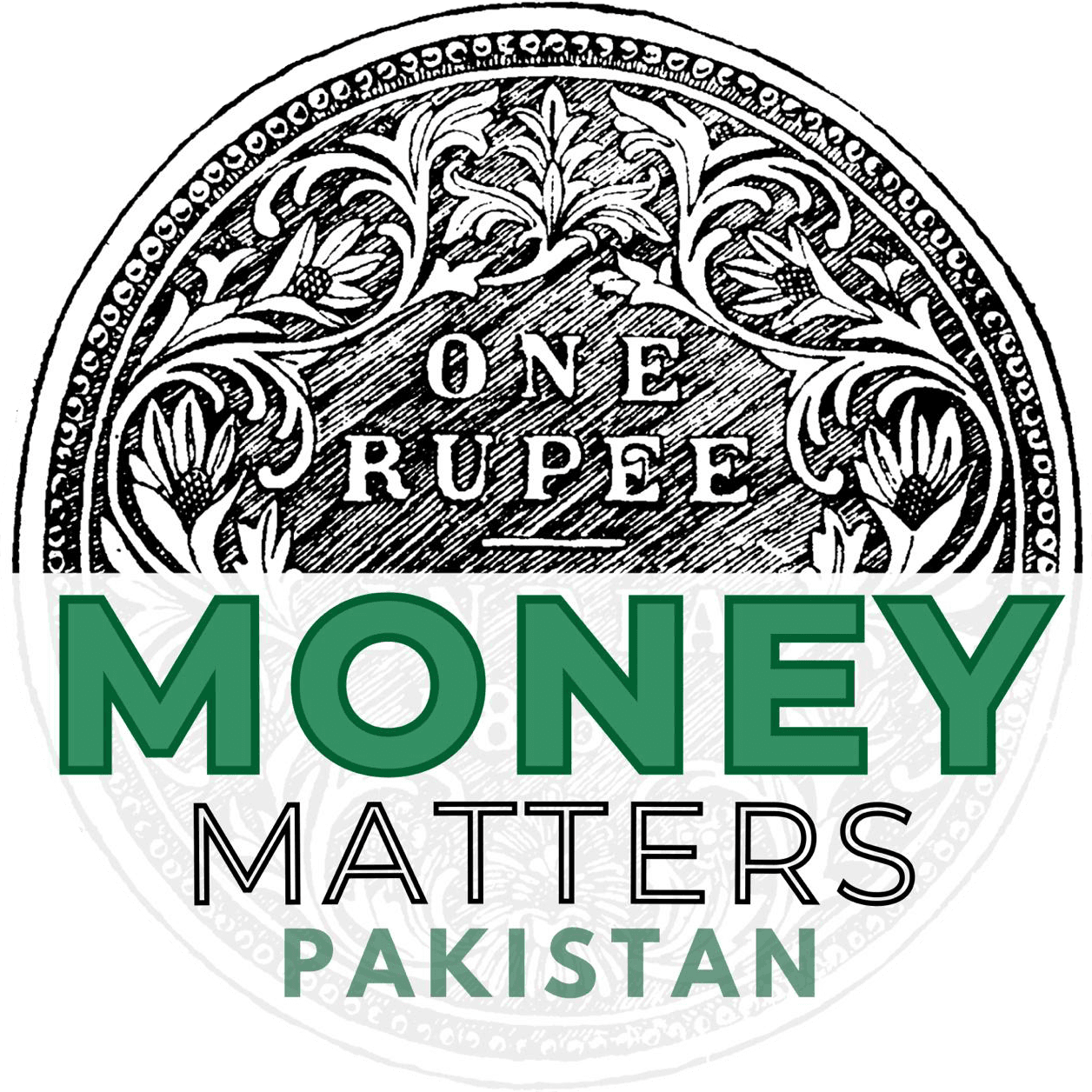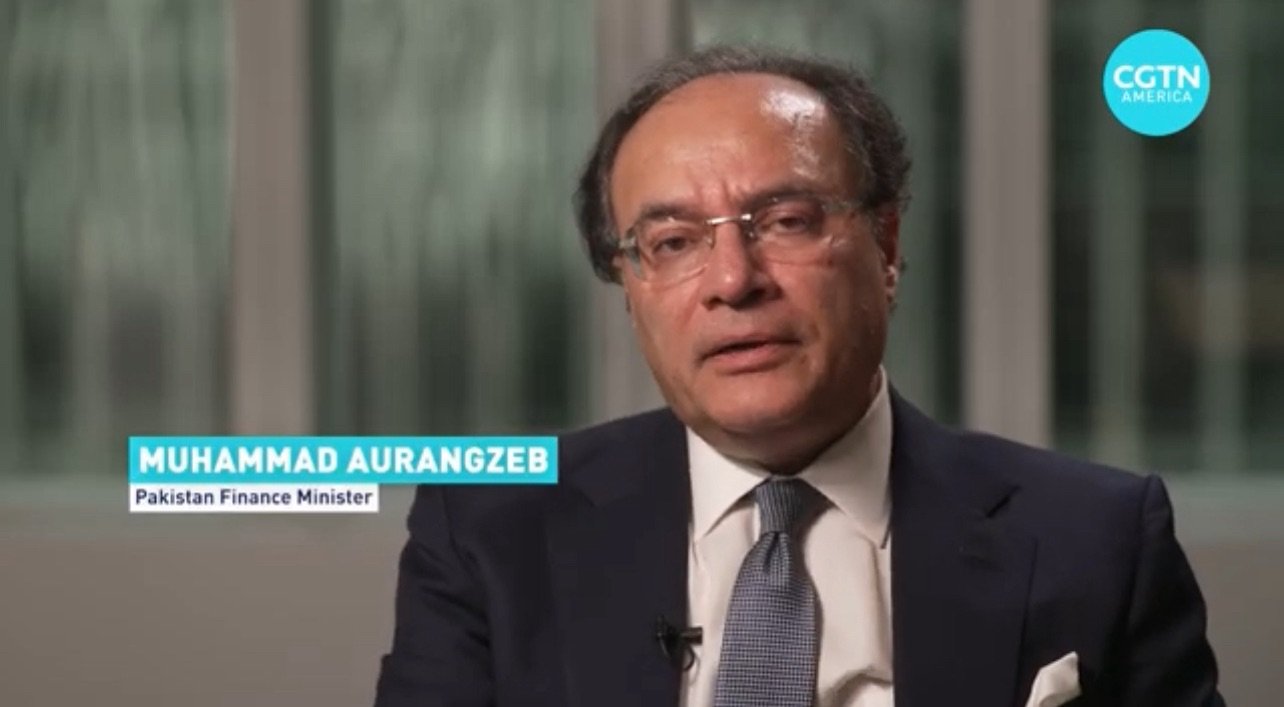Finance Minister Optimistic About Economic Reforms and Growth
Key Takeaways:
i) Pakistan’s tax-to-GDP ratio is projected to hit 10.6% by the end of the current fiscal year, with a target of 13% within 37 months.
ii) Finance Minister Muhammad Aurangzeb emphasizes sustainable growth, higher productivity, and increased exports as key economic goals.
iii) Economic stabilization is underway, marked by improvements in the primary balance, controlled inflation, and a narrowing current account deficit.
Islamabad, Pakistan – Pakistan’s Finance Minister, Muhammad Aurangzeb, has announced that the nation’s tax-to-GDP ratio is expected to reach 10.6% by June, signaling positive momentum in the country’s economic reforms. Speaking recently, Aurangzeb outlined the government’s commitment to achieving a 13% tax-to-GDP ratio within the next 37 months, supported by the International Monetary Fund (IMF).
The Finance Minister highlighted the government’s strategic focus on fostering sustainable economic growth, enhancing productivity across various sectors, and boosting exports to strengthen Pakistan’s financial standing. A key reform initiative includes separating the Tax Policy Office from the Federal Board of Revenue (FBR), a move designed to ensure that economic principles take precedence in policymaking.
Pakistan’s economy is showing signs of stabilization, with improvements noted in the primary balance and the current account. Inflation is being managed effectively, and the current account deficit is narrowing, contributing to a more stable economic environment. Furthermore, the State Bank of Pakistan’s foreign reserves are projected to increase to $14 billion by June, providing a further buffer against economic shocks. International partners have reportedly encouraged Pakistan to maintain its current economic course and solidify the gains achieved thus far.




